Admissibility Of Photocopies Of Certified True Copy (CTC) Documents Under Evidence Law In Nigeria.
By Innocent Chiwuokem Sylvester
ABSTRACT
Evidence Act is the law that regulates the procedural aspect of law with respect to presentation of evidence Court in Nigeria.
Aside Evidence Act, case laws and Court rules also help to regulate issues pertaining to evidence in Nigeria.
The Evidence Act is clear on the issues of admissibility especially with respect to CTC Documents in Nigeria. However, the issue overtime has been on the position of the law with respect to the admissibility of photocopies of CTC Documents.
Some authors have argued that photocopies of CTC Documents receives same admissibility status as that of CTC Documents itself while others have strongly disagreed with the position that photocopies of CTC documents differs from a CTC Document itself.
The aim of this article is to give an overview of the status of photocopies of CTC Documents with reliance on case laws in Nigeria.
INTRODUCTION
Evidence is classified into
Oral Evidence
Direct Evidence
Real Evidence
Hearsay Evidence
Circumstantial Evidence
Electronic Evidence
Documentary Evidence
For the purposes of this article, the writer will be concentrating on Documentary Evidence.
Documentary Evidence was not defined by the Evidence Act of 2011, however, the Court has given the purpose of Documentary Evidence in a plethora of cases.
Lord Mcnaghten asserted in the case of Hennessy v. Keating that the eye is no doubt the best test. This therefore implies that what the eyes of the court see via documents tendered in trial helps the formation of better opinion on the matter.
Oputa JSC in the case of Salawuu Ajide v. Kadiri Kelani held as follows: … every document tendered by a party to a case must be tendered with some end in view. The document may be tendered to advance and further strengthen the case of the party who tendered it or adversely to weaken or destroy the case of his adversary.
More recently, the Court of Appeal in the case of ROYORK NIGERIA LIMITED v ATTORNEY GENERAL AND COMMISSIONER FOR JUSTICE, SOKOTO STATE FEDERAL INLAND REVENUE SERVICES per Oho JCA has this to say “it is important, nevertheless to note that although the law as it relates to the tendering of documents is that it would ordinarily suffice where statements of material facts relating to the document are pleaded and not necessarily that the document is specifically pleaded, the emphasis still remains that sufficient facts relating to the document are pleaded, otherwise the document would be rejected in evidence. See the case of AMAECHI vs. INEC (2008) 5 NWLR (PT.1080) 227.”
The end point of all the above is that a Document must be pleaded in evidence in other to be admitted by the Court as a Documentary Evidence.
In as much as the Evidence Act did not define what Documentary Evidence is, it however defined what amounts to a Document.
Documents is said to include; books., maps, plans, graphs., drawings, photographs, and also includes any matter expressed or described upon any substance by means of letters, figures or marks or by more than one of these means, intended to be used or which may be used for the purpose of recording that matter;
- any disc. tape, sound track or other device in which sounds or other data (not being visual images) are embodied so as to be capable (with or without the aid of some other equipment) of being reproduced from it, and
- any film, negative, tape or other device in which one or more visual Images are embodied so as to be capable (with or without the aid of some other equipment) of being reproduced from it; and
- any device by means of which information is recorded., stored or retrievable including computer output:
Document is classified into Public and Private Document.
By Section 102 of the Evidence Act, the following documents are public documents-
(a) documents forming the official acts or records of the official acts of-
(i) the sovereign authority,
(ii) official bodies and tribunals, or
(iii) public officers. legislative, judicial and executive, whether of Nigeria or elsewhere: and
(b) public records kept in Nigeria of private documents.
Section 103 provides “all documents other than public documents are private documents”
In as much as Section 88 of the Act provides that Documents shall be proved by primary evidence except in the cases hereafter mentioned in the Act, however, the contents of documents may be proved either by Primary or by Secondary Evidence
Primary evidence means the document itself produced for the inspection of the court. Where a document has been executed in several parts, each part shall be primary evidence of the document. Where a document has been executed in counterpart, each counterpart being executed by one or some of the parties only, each counterpart shall be primary evidence as against the parties executing it. Where a number of documents have all been made by one uniform process, as in the case of printing, lithography, photography, computer or other electronic or mechanical process, each shall be primary evidence of the contents of the rest; but where they are all copies of a common original, they shall not be primary evidence of the contents of the original
On the other hand, Secondary evidence includes –
(a) certified copies given under the provisions hereafter contained in this Act;
(b) copies made from the original by mechanical or electronic processes which in themselves ensure the accuracy of the copy, and copies compared with such copies;
(c) copies made from or compared with the original;
(d) counterparts of documents as against the parties who did not execute them;
(e) Oral accounts of the contents of a document given by some person who has himself seen it
Secondary evidence may be given of the existence, condition or contents of a document in the following cases –
(a) when the original is shown or appears to be in the possession or power –
(i) of the person against whom the document is sought to be proved, or
(ii) of any person legally bound to produce it, and when after the notice mentioned in section 91 such person does not produce it;
(b) when the existence, condition or contents of the original have been proved to be admitted in writing by the person against whom it is proved or by his representative in interest;
(c) when the original has been destroyed or lost and in the latter case all possible search has been made for it;
(d) when the original is of such a nature as not to be easily movable;
(e) when the original is a public document within the meaning of section 102;
(f) when the original is a document of which a certified copy is permitted by this Act or by any other law in force in Nigeria, to be given in evidence;
(g) when the originals consist of numerous accounts or other documents which cannot conveniently be examined in court, and the fact to be proved is the general result of the whole collection;
(h) When the document is an entry in a banker’s book. 15
From the foregoing, it can be seen that documents are proved by way of Primary Evidence save for certain circumstances when they can be proved by Secondary Evidence.
Because Public Documents are rarely held by the owners, the law provides that a Certified True Copy of such Document otherwise known as CTC Document can be used in place of the original Public Documents.
Section 104(1) of the Act provides that “every public officer having the custody of a public document which any person has a right to inspect shall give that person on demand a copy of it on payment of the legal fees prescribed in that respect, together with a certificate written at the foot of such copy that it is a true copy of such document or part of it as the case may be”.
In the case of KERRI v. EZUNAKA BROS. ENT. LTD (2013), the Court of Appeal defined a Certified True Copy “as a copy of a document or record signed and certified by the officer to whose custody the original is entrusted.
The essence of certification of a public document is to show that the contents of the document are the same with the original. See the cases of OWOR v. CHRISTOPHER & ANOR (2008) LPELR – 4815, OKADIGHO & ORS v. OJECHI & ORS (2011) LPELR 4687.
Thus, a CTC document is the Secondary Evidence of a Public Document.
Section 105 of the evidence Act provides thus: “Copies of documents certified in accordance with Section 104 may be produced in proof of the contents of the public documents or parts of the public documents of which they purport to be copies.”
In the case of TABIK INVESTMENT LTD v. GUARANTY TRUST BANK PLC (2011), the Supreme Court emphatically held that before a public document can be tendered and accepted by the court, it must be certified. A public document is certified if:
- It was paid for
- There is an endorsement or certificate that it is a true copy of the original
- The endorsement or certificate is dated and signed by the officer responsible for certification with his name and official tittle.
- It is sealed in cases in which the officer is entitled by law to use a seal. SEE: ANAMBRA STATE GOVERNMENT v. GEMEX INTERNATIONAL LTD (2012) 1 NWLR (PT 1281) 333 AT 359.
The admissibility of public documents is one that that has been settled by the provisions of the Evidence Act 2011, especially at section 90(1)(c) which provides that it is only certified true copies of public documents and no other that can be admissible as secondary evidence. And also the decision of the supreme court in Kassim v State (2011) LPELR-42586(SC) 15 and a host of others.
The major controversy now is with respect to the admissibility of photocopies of Certified True Copies of a Public document.
In 1996, the Supreme Court, in the case of JADESIMI v OKOTIE EBO (1996) held that photocopies of the Certified true copies of public documents are inadmissible in evidence.
Niki Tobi, JSC, in ARAKA v. EGBUE (2013) had this to say : “In this age of sophisticated technology, photo tricks are the order of the day and secondary evidence produced in the context of section 97(2)(a) could be tutored and therefore not authentic. Photo tricks could be applied in the process of copying the original document with the result that the copy, which is secondary evidence, does not completely and totally reflect the original and therefore not a carbon copy of the original. The court has not the eyes of an eagle to detect such tricks.”
It is important to note that the emphasis in the above statement of Niki Tobi JSC is that, certified true copies and not photocopies of public documents are admissible in evidence.
In IFEANYI B. ESIONE V. PHILIP ISIOFIA (2016), the Court of Appeal held thus: “the argument as to the admissibility of a photocopy of a certified true copy of a document has now been settled by the Supreme Court. The apex Court in its wisdom has now established that photocopy of a certified true copy of a (public) document is admissible with or without any need for re-certification. The above position was reiterated by the Apex Court, per Ogbuagu, JSC, in the case of Magaji v. Nigerian Army (2008) 8 NWLR (Pt. 1089) 338”.
However, in BREDERO LIMITED V. SHYANTER NIGERIA LIMITED & 2 ORS, (2016), the court held thus:
“it is noteworthy that the opinion of Ogbuagu, J.S.C., was expressed in a supporting judgment and the issue was not raised at the Supreme Court. Thus, it is with due respect not a binding declaration of the law on this subject as it was an orbiter dictum.
It follows therefore that the binding authority on this subject is the case of Minister of Lands, Western Nigeria v. Dr. Nnamdi Azikiwe & ors. (1969) LCN/1731(SC) where the Supreme Court held firmly that a photocopy of a certified true copy of a public document is not admissible in evidence in the light of the words “no other secondary evidence is the admissible”.
On the issue of an obiter of the of the Supreme Court, it was held Per Nnaemeka-Agu (J.S.C) as he then was in the case of Ifediorah V Ume (1988)2NWLR PT 74,5, PP13, Paras D-E that an obiter dictum by an ultimate court on an important point of law is one which is binding on and followed by all the lower courts.
An obiter dictum of the Supreme Court is clearly not binding on the court or indeed on the lower courts, for obiter dicta, though they may have considerable weight, are not ratio decidendi and are therefore not conclusive authority. Where, however, an obiter dictum in one case has been adopted and becomes a ratio decidendi in a latter case, such obiter dictum will be taken to have acquired the force of a ratio decidendi and would therefore become binding. See the case of DAIRO V. U.B.N. PLC. (2007) NWLR (Pt. 1059) 99 at 158 – 159, paras. C – C (SC); (2007) 7 SC (Pt. II) 97
However, in the case of DANIEL TAYAR TRANS. ENT. LTD v BUSARI, (2000), it was held that a photocopy of a certified copy of a public document is admissible in evidence and needs no further certification. See also IMB (NIG) LTD v. DABRI (1998) NWLR (PT. 533) 284.
In the case of ITEOGU v. LPDC (2009) 17 NWLR (PT. 848) 1, the Supreme Court held thus ” A photocopy of a Certified true copy of a public document must be re-certified as a condition for its admissibility, this is because in the age of sophisticated technology, photo tricks manipulation cannot be ruled out and evidence produced in the context of Section 97 (2) (a) of the Evidence Act could be authentic “.
The Court held in the case of Tablik Investment Limited v. GTB (2011) that Counsel may pray to the Court to return the document for recertification in the interest of justice if the Court is of the opinion that a photocopy of a certified true copy is not admissible in evidence. The Court in carrying out its duty to do substantial justice can order the documents to be recertified.
From the foregoing, it’s correct to say that the Law is not yet settled on the admissibility of photocopies of a CTC Document as there are diverse and varying decisions of the Courts, even the Supreme Court, on it.
However, it is the opinion of the writer that photocopies of CTC Documents need to be recertified in other to totally abolish the idea of fraud and manipulations of such documents.
Some authors don’t understand the implications of the Certifying the document. A photocopied CTC can be manipulated thus the need for recertification of the photocopy of a CTC document before it can be admissible in Court as evidence. Recertifying such Document will, to an extent, prove to the Court that it is a true copy of the original. This opinion is still subject to the final and conclusive decision of the Court on the issue.
CONCLUSION
The Supreme Court is yet to arrive at a final and conclusive decision as regards admissibility of photocopies of CTC Documents in evidence without certification. Until then, it is recommended that Counsel recertifies photocopies of a CTC document before pleading such in Court or apply to withdraw the document for recertification if in the opinion of the court, it is required.
ENDNOTES
- Section 125 of the Evidence Act 2011
- Section 126
- Section 127 (1)
- Section 37-38
- Attah v. State
- Section 84 (1) and (2)
- Hennessy v. Keating (1908) 421 L.T.R. 169
- (1908) 421 L.T.R. 169
- 1985) 3 NWLR part 12, 248 at 270
- CA/S/93/2016
- Section 258(1)
- Section 85
- Section 86(1-4)
- Section 87
- Section 89
Innocent Chiwuokem Sylvester is a Nigerian Law School Aspirant. He can be reached via innocentsylvester202@gmail.com or 08022018759 for further inputs or criticisms on the subject matter. *************************************************************************************** This work is published under the free legal awareness project of Sabi Law Foundation (www.SabiLaw.org) funded by the law firm of Bezaleel Chambers International (www.BezaleelChambers.com). The writer was not paid or charged any publishing fee. You too can support the legal awareness projects and programs of Sabi Law Foundation by donating to us. Donate here and get our unique appreciation certificate or memento. DISCLAIMER:
This publication is not a piece of legal advice. The opinion expressed in this publication is that of the author(s) and not necessarily the opinion of our organisation, staff and partners. PROJECTS:
🛒 Take short courses, get samples/precedents and learn your rights at www.SabiLaw.org
🎯 Publish your legal articles for FREE by sending to: eve@sabilaw.org
🎁 Receive our free Daily Law Tips & other publications via our website and social media accounts or join our free whatsapp group: Daily Law Tips Group 6
KEEP IN TOUCH: Get updates on all the free legal awareness projects of Sabi Law (#SabiLaw) and its partners, via:
YouTube: SabiLaw
Twitter: @Sabi_Law
Facebook page: SabiLaw
Instagram: @SabiLaw.org_
WhatsApp Group: Free Daily Law Tips Group 6
Telegram Group: Free Daily Law Tips Group
Facebook group: SabiLaw
Email: lisa@sabilaw.org
Website: www.SabiLaw.org
ABOUT US & OUR PARTNERS:
This publication is the initiative of the Sabi Law Foundation (www.SabiLaw.org) funded by the law firm of Bezaleel Chambers International (www.BezaleelChambers.com). Sabi Law Foundation is a Not-For-Profit and Non-Governmental Legal Awareness Organization based in Nigeria. It is the first of its kind and has been promoting free legal awareness since 2010.
DONATION & SPONSORSHIP:
As a registered not-for-profit and non-governmental organisation, Sabi Law Foundation relies on donations and sponsorships to promote free legal awareness across Nigeria and the world. With a vast followership across the globe, your donations will assist us to increase legal awareness, improve access to justice, reduce common legal disputes and crimes in Nigeria. Make your donations to us here or contact us for sponsorship and partnership, via: lisa@SabiLaw.org or +234 903 913 1200.
**********************************************************************************



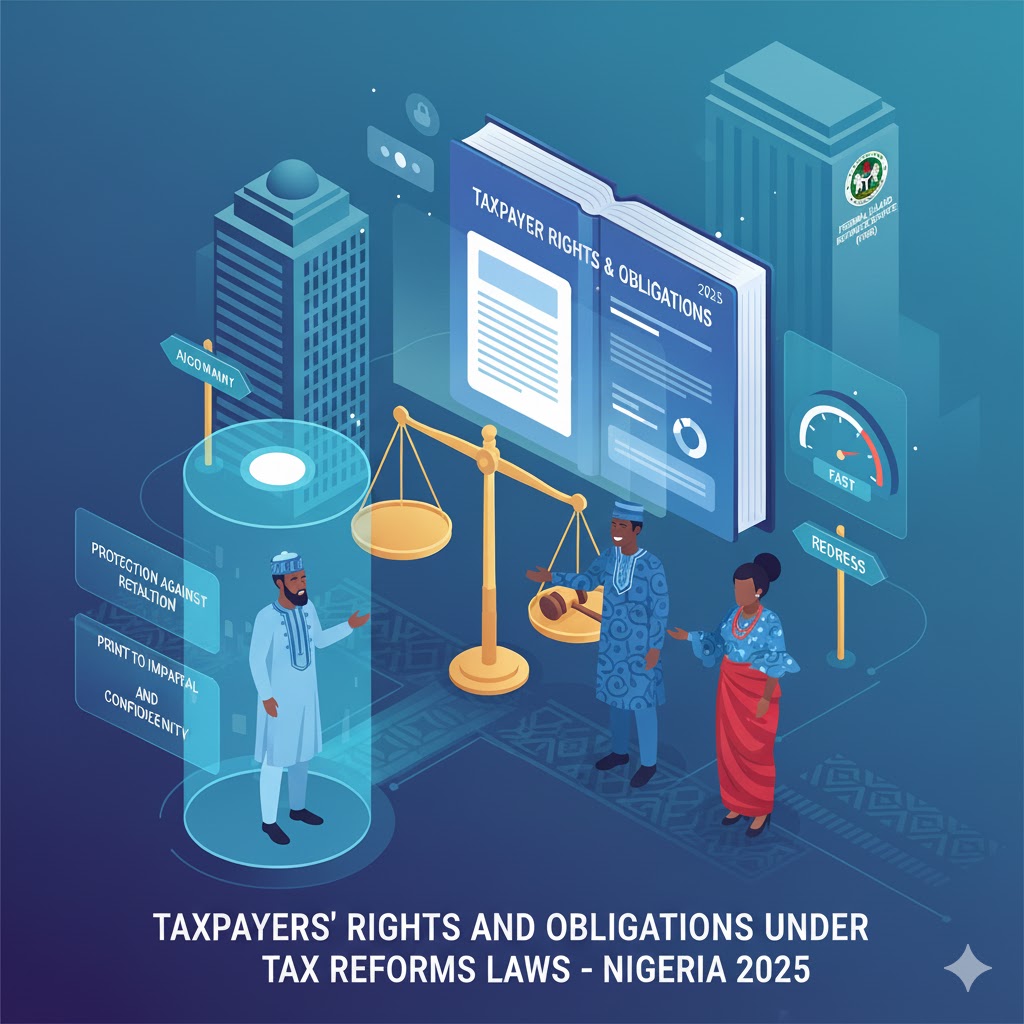

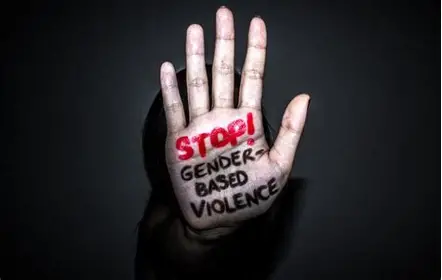

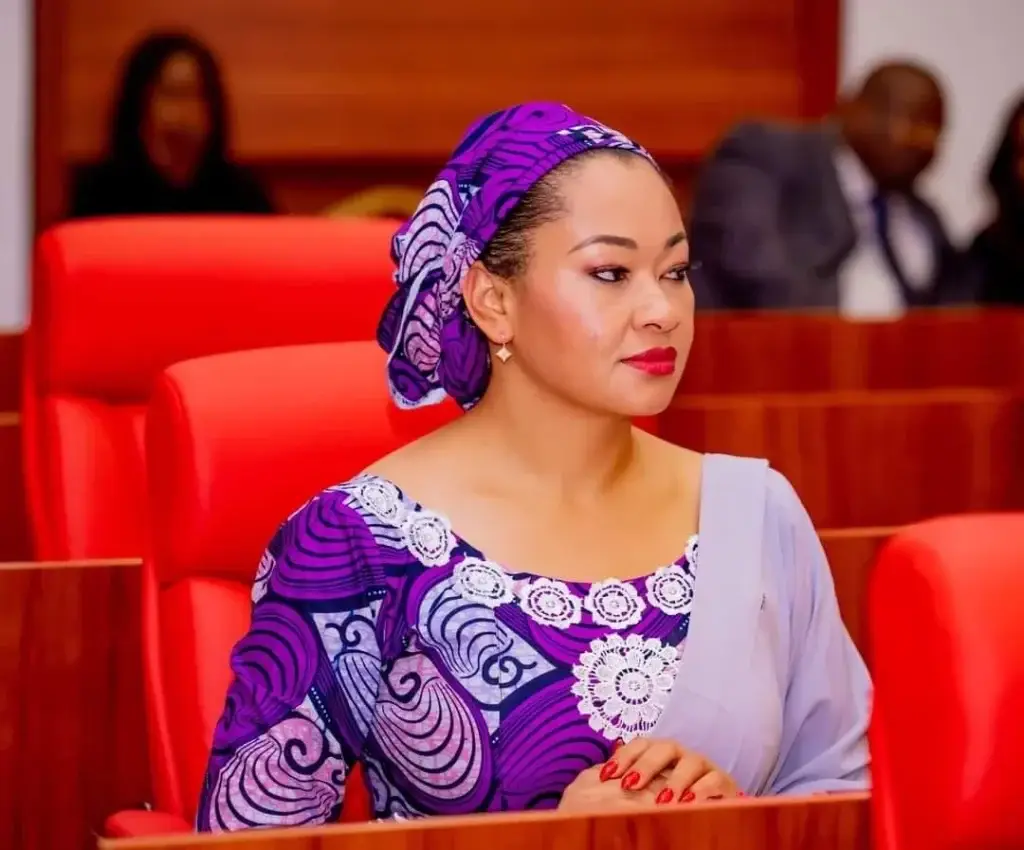




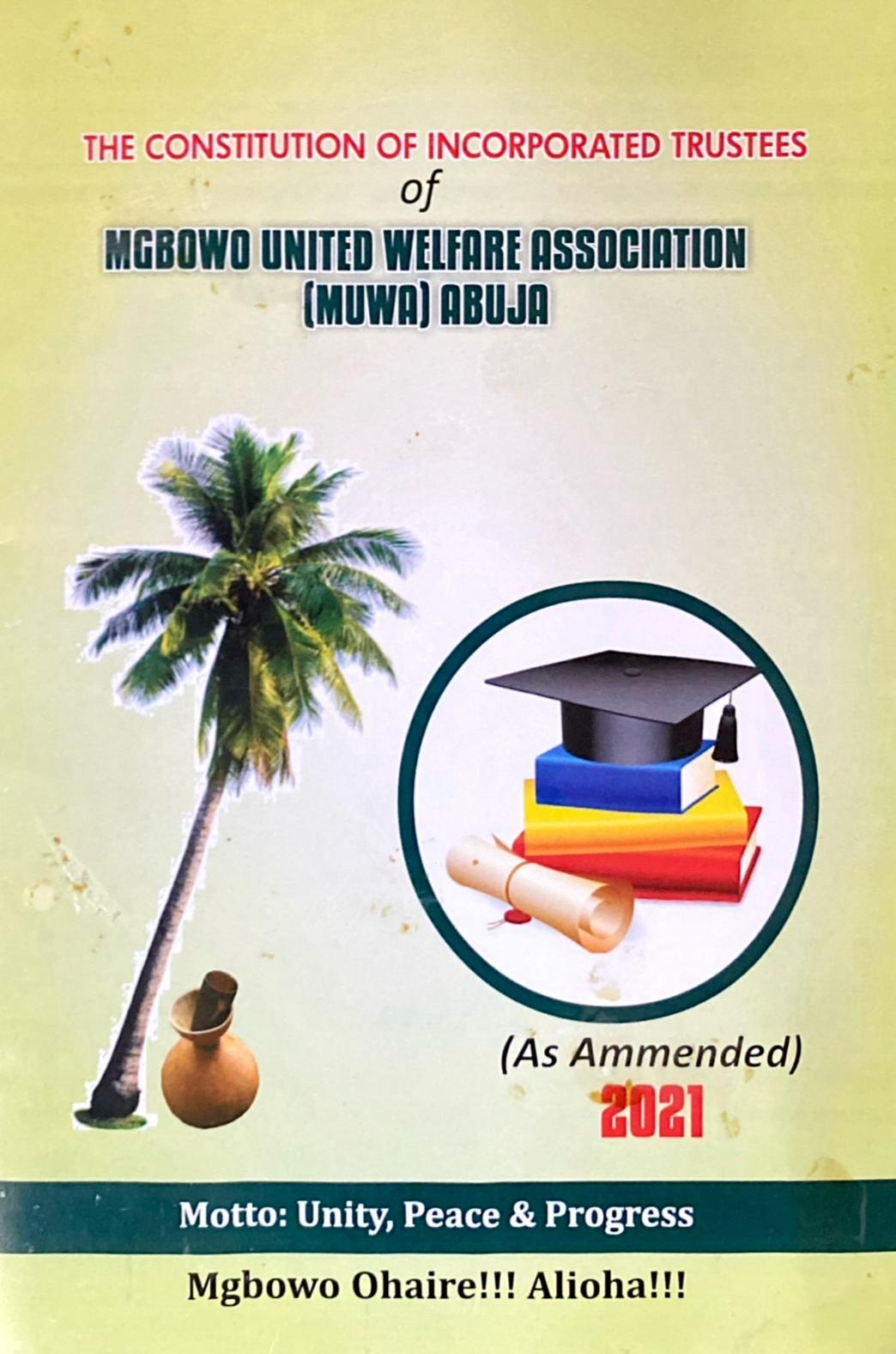

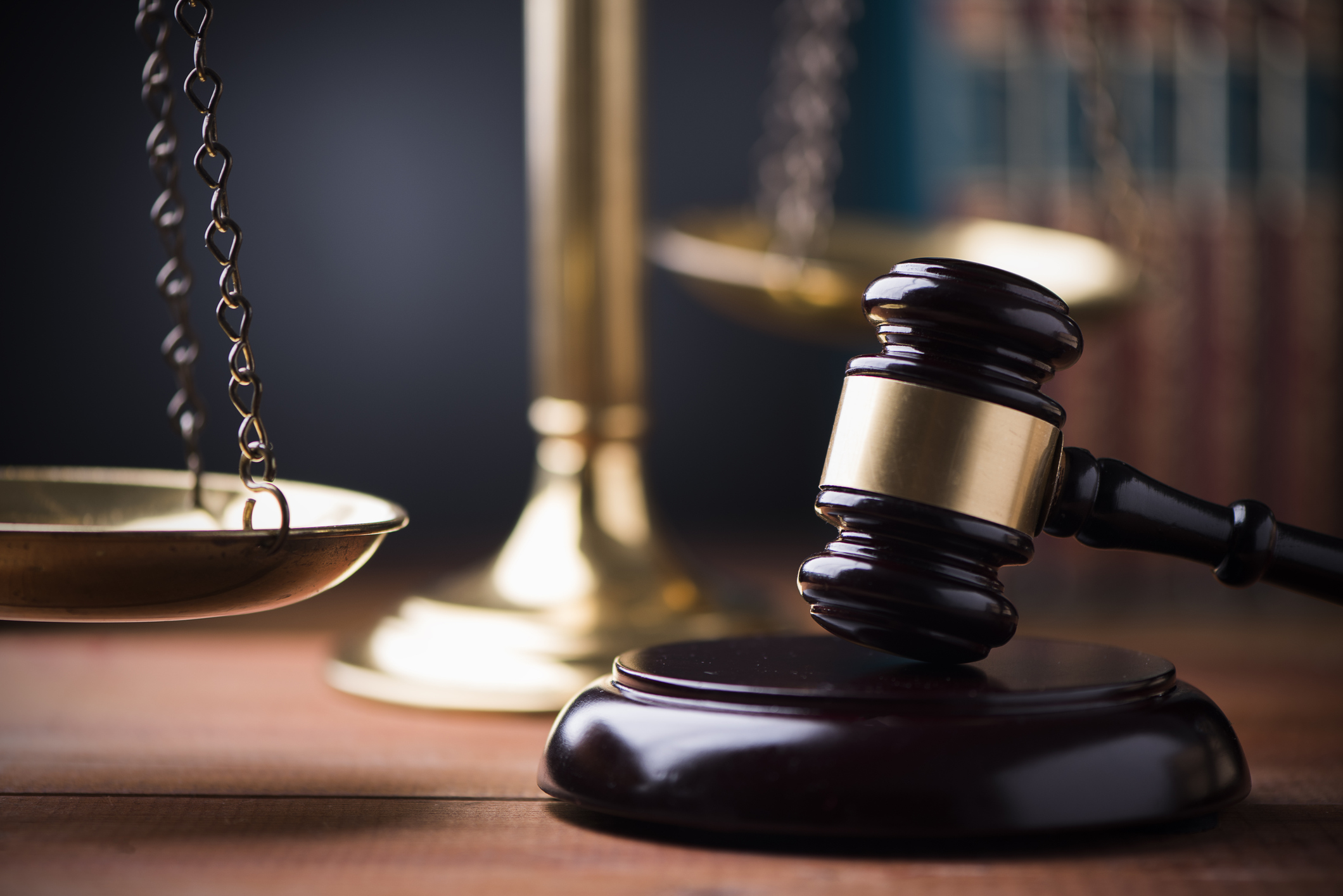
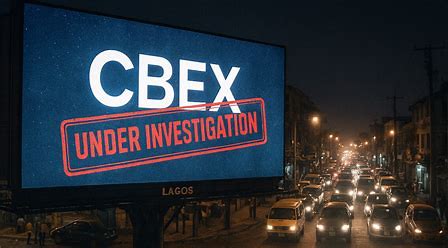
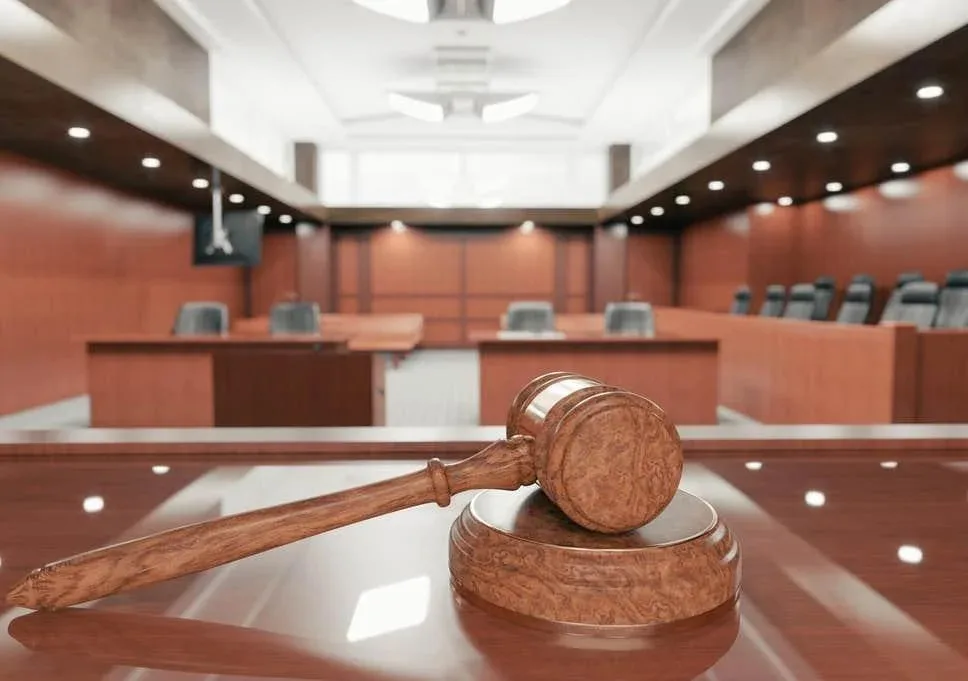

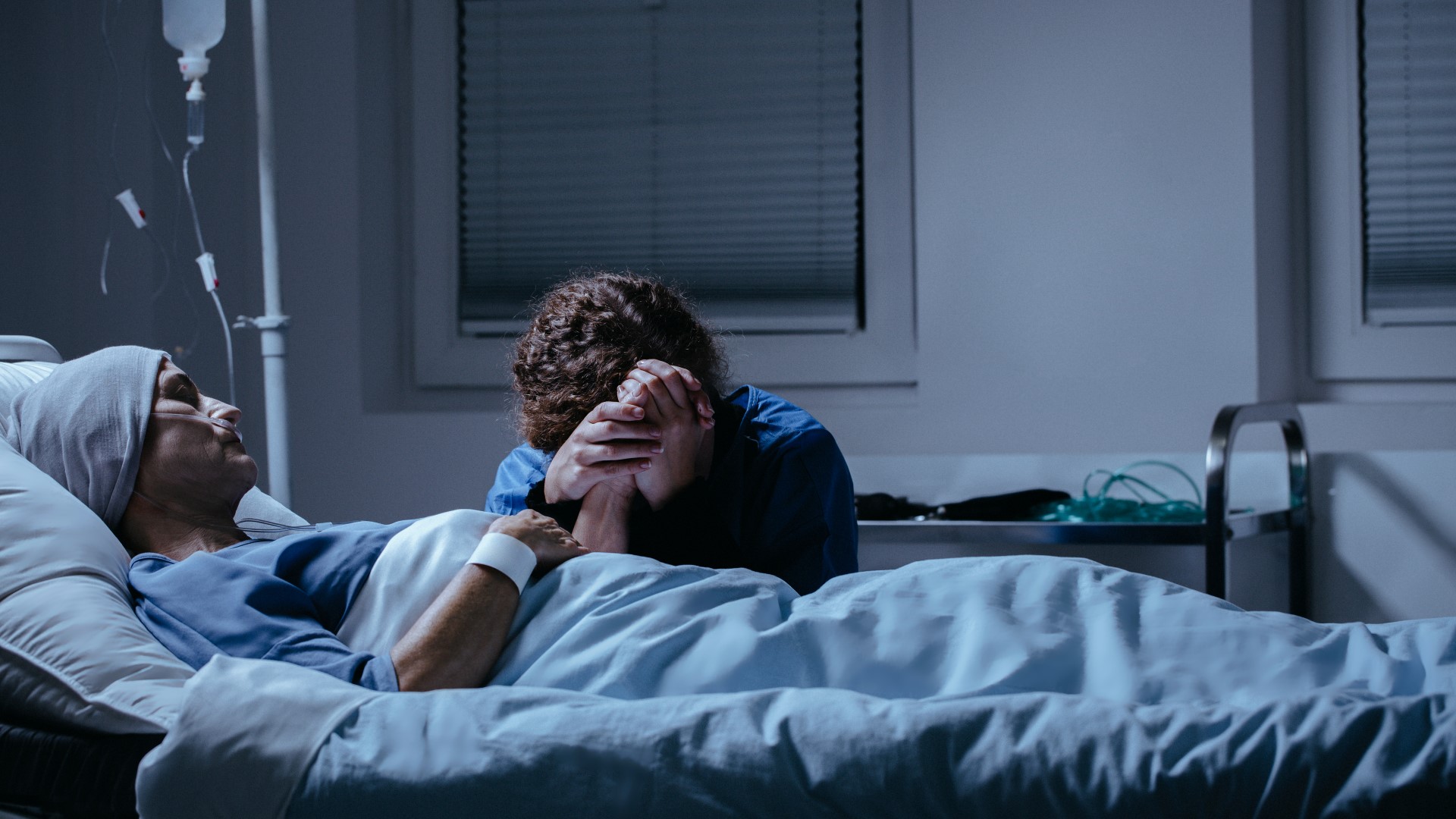

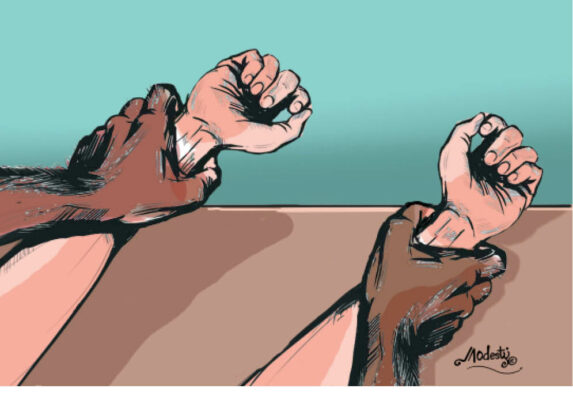
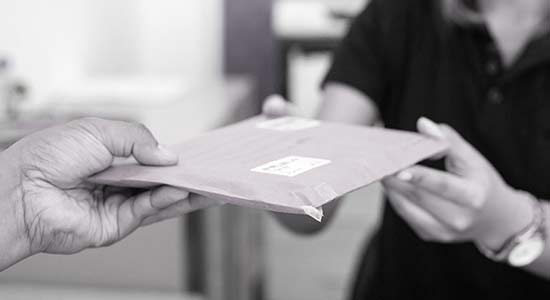

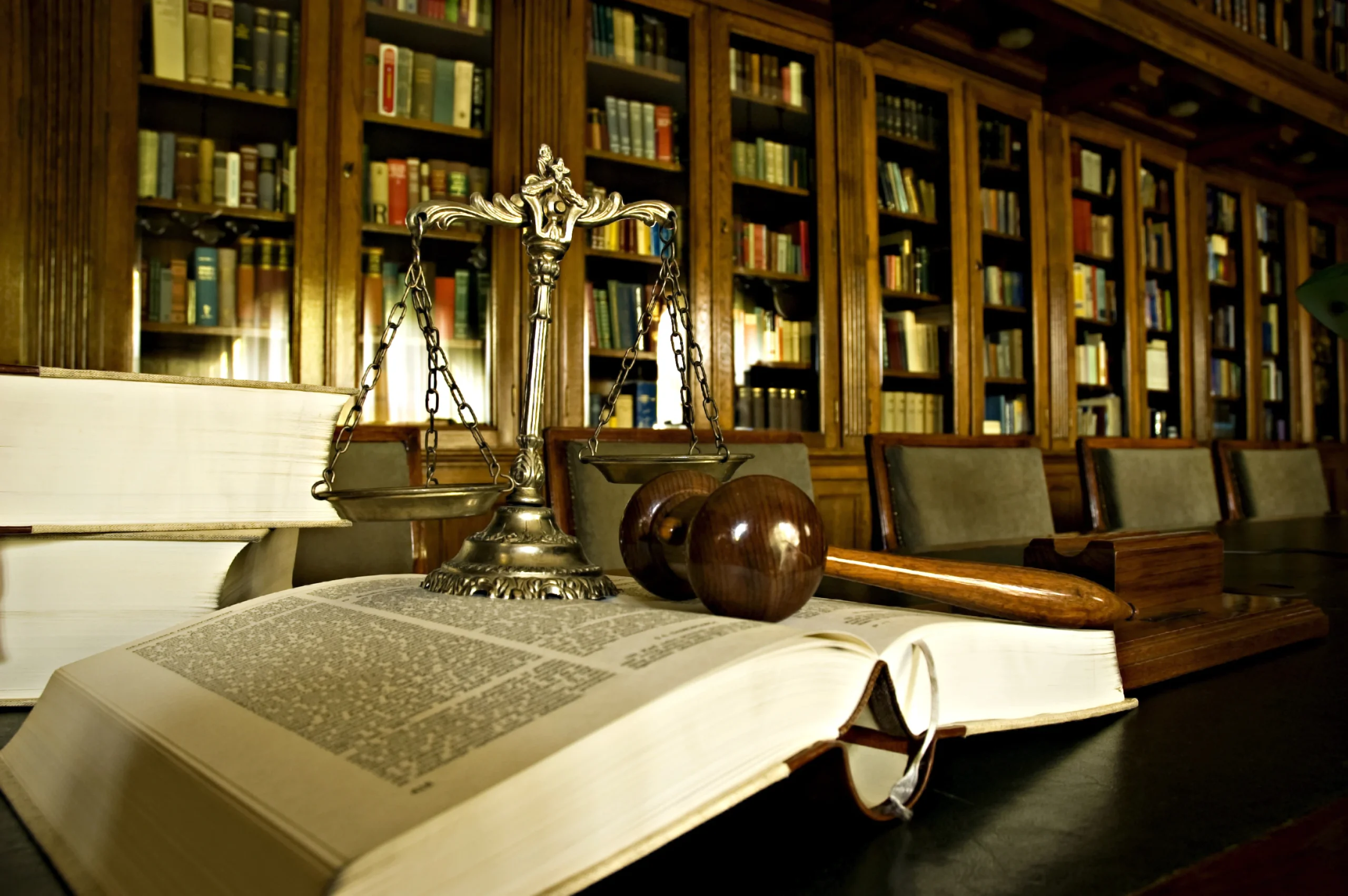

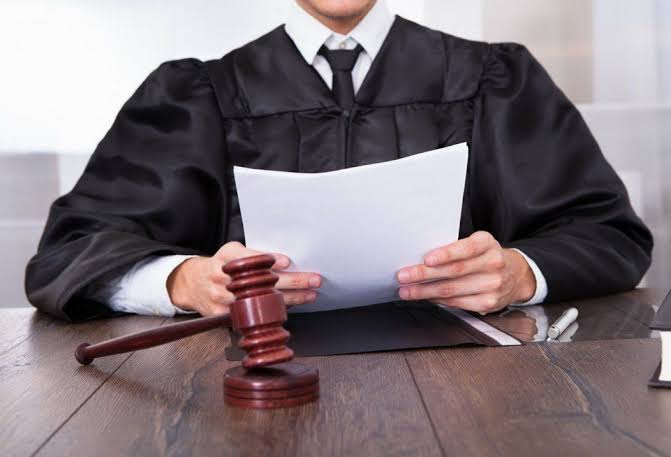

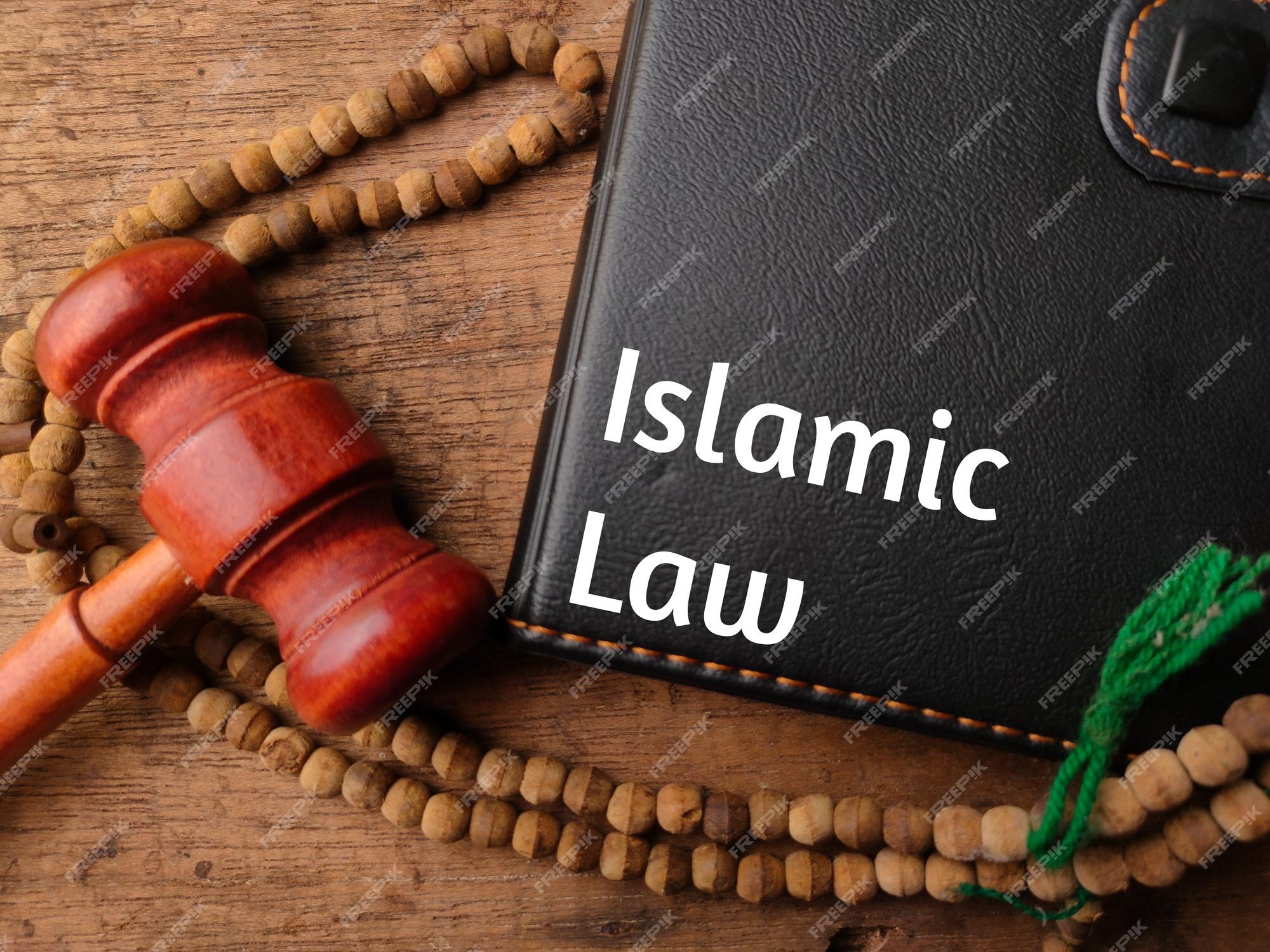



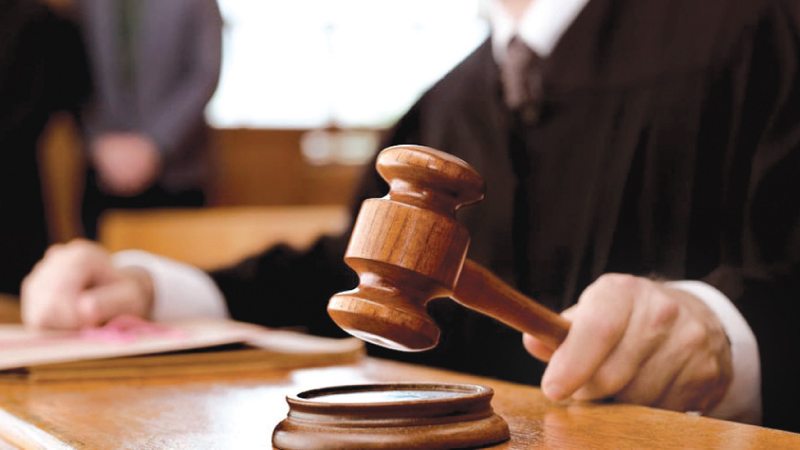
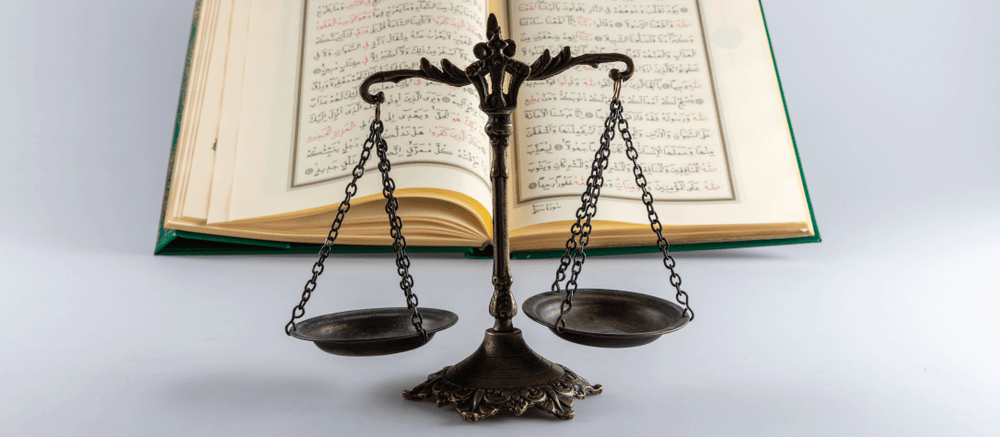
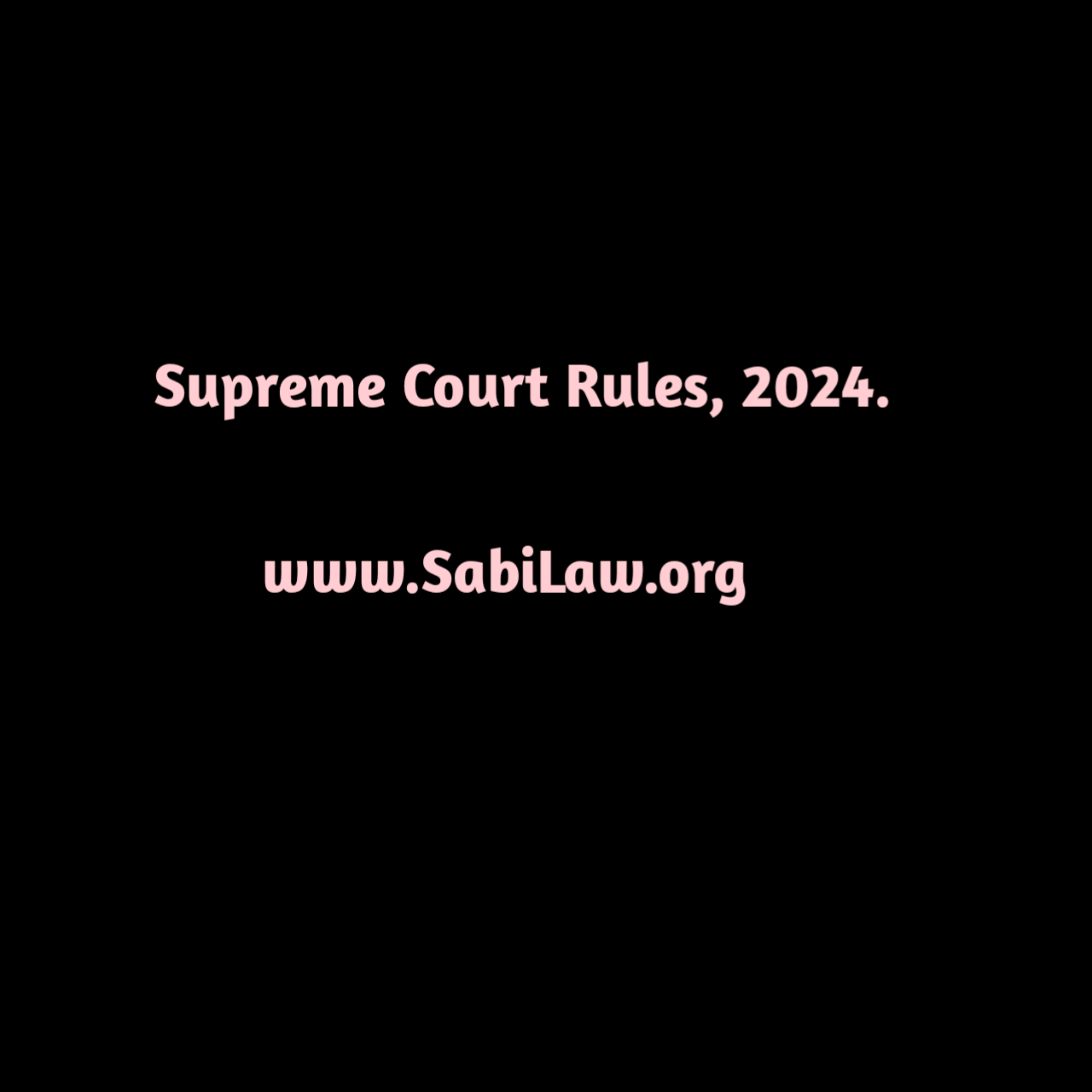
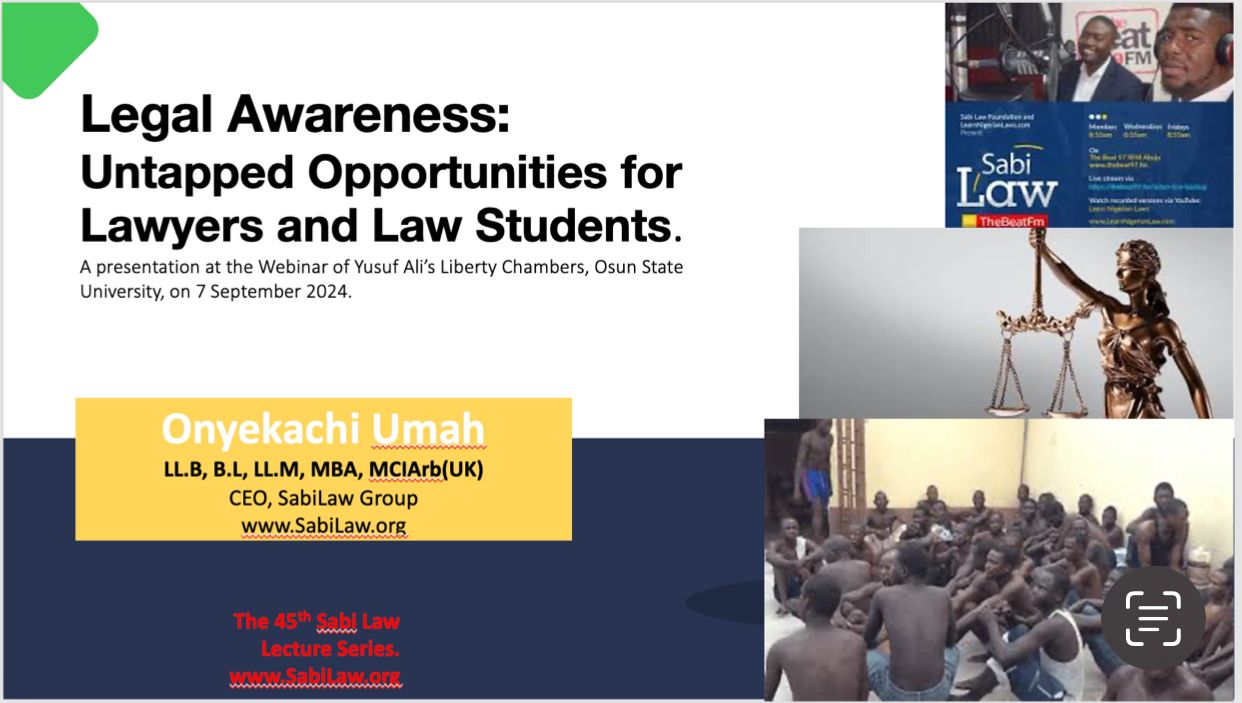
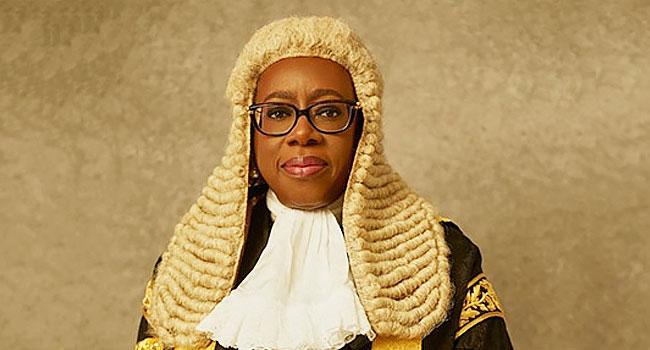
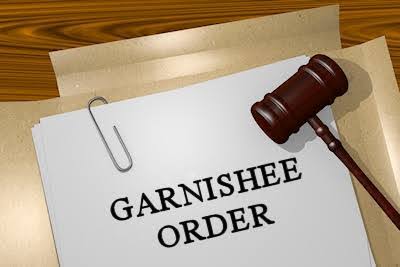
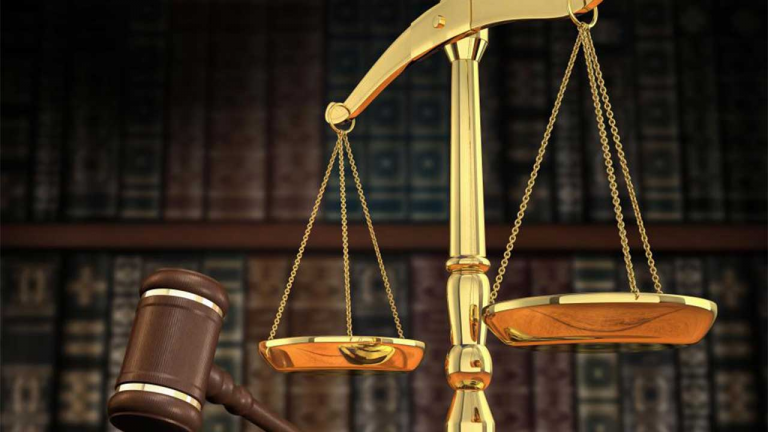

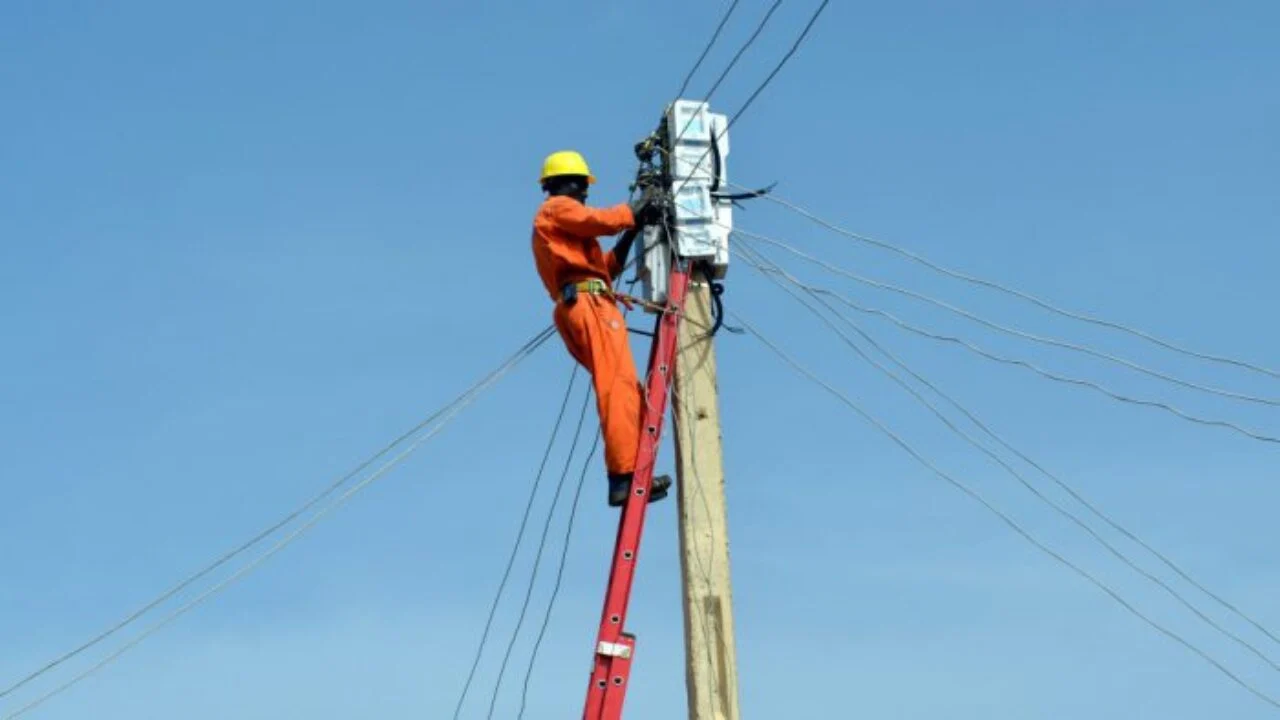
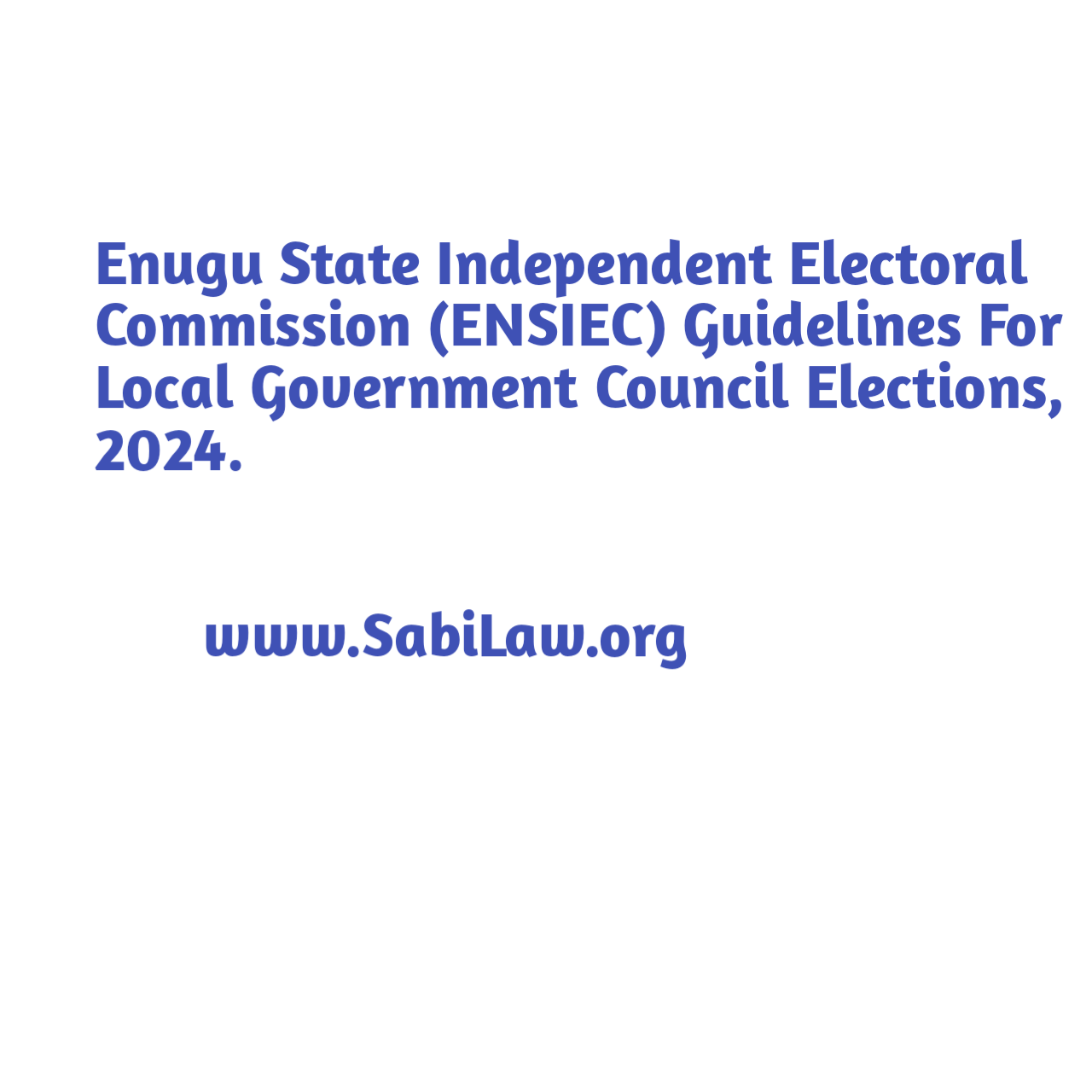

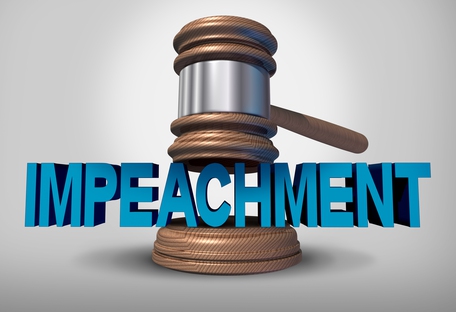

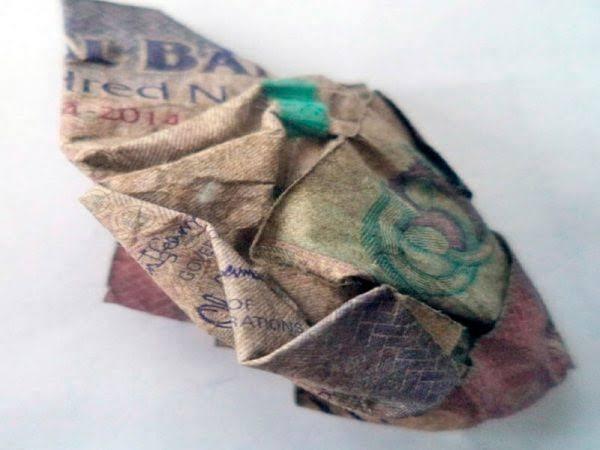
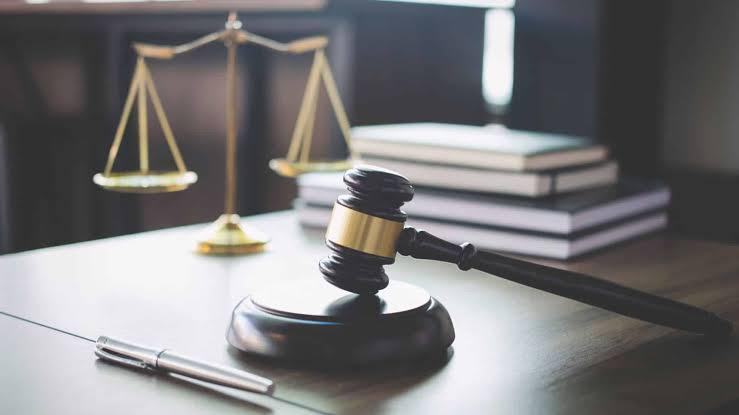

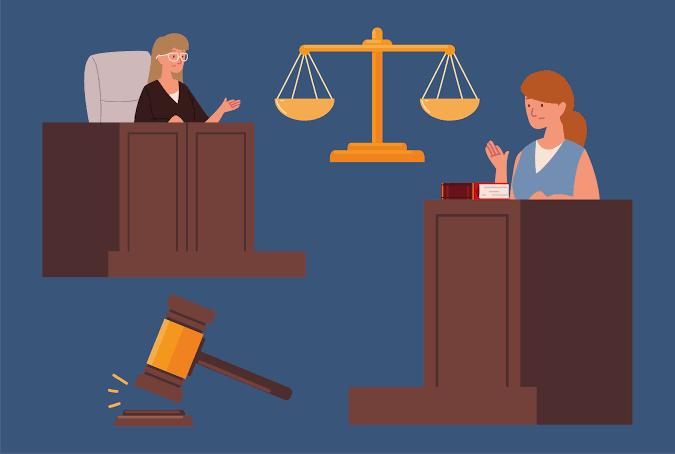
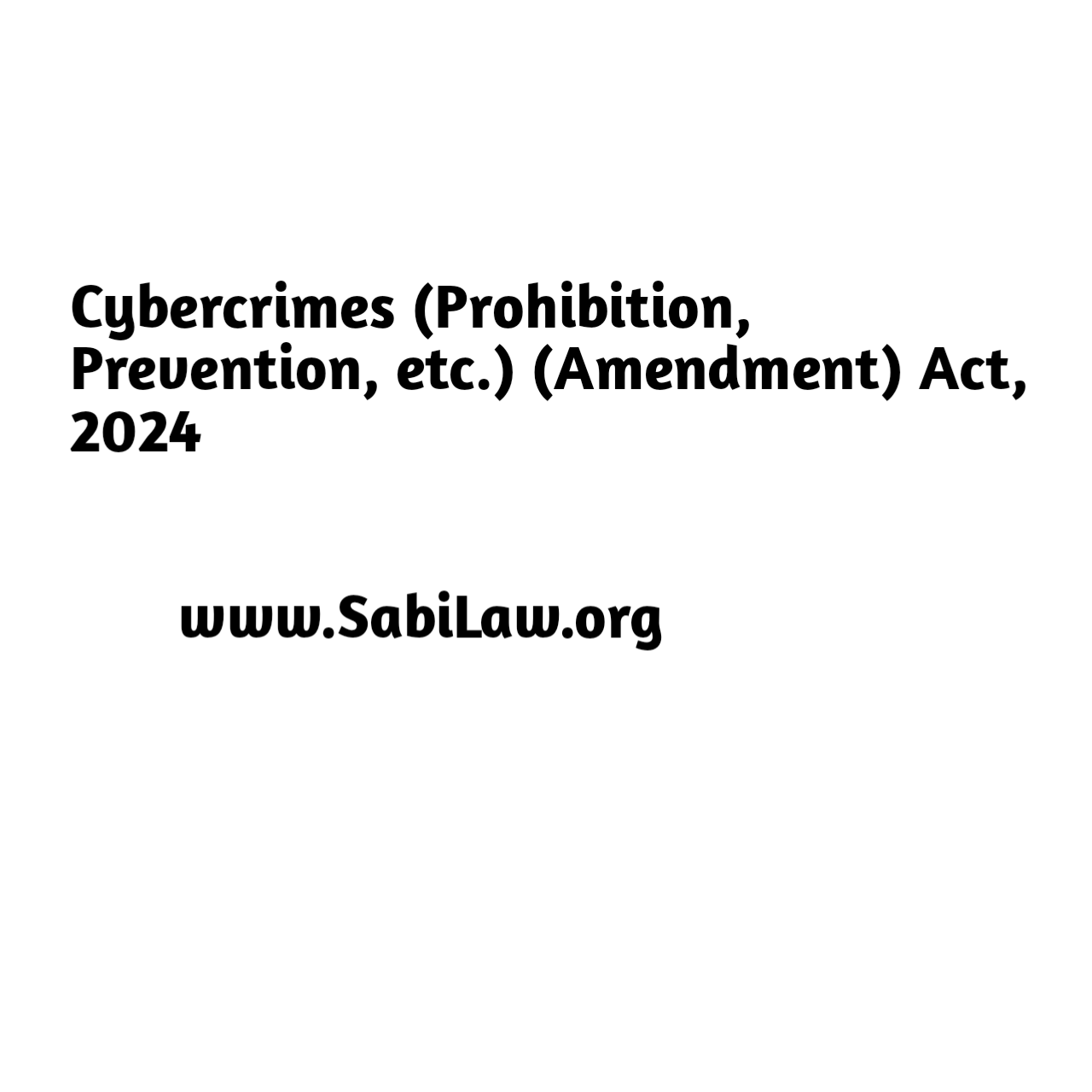
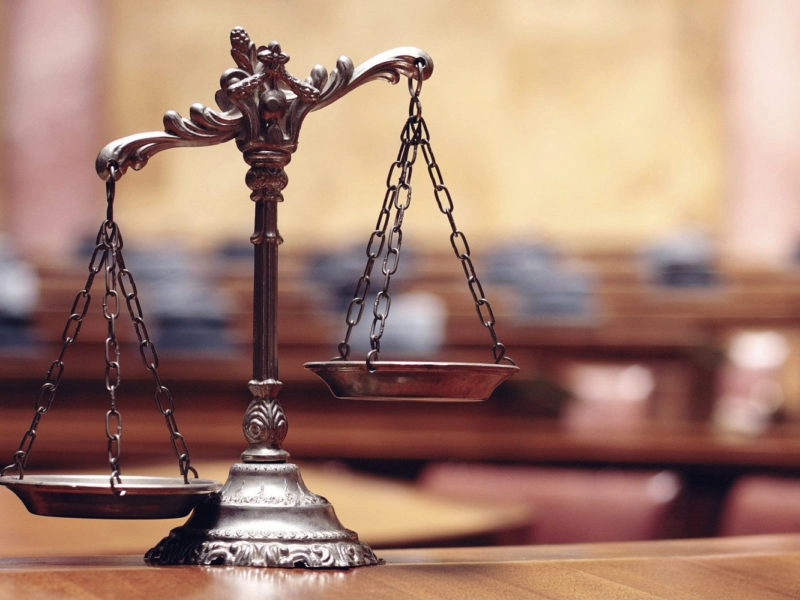

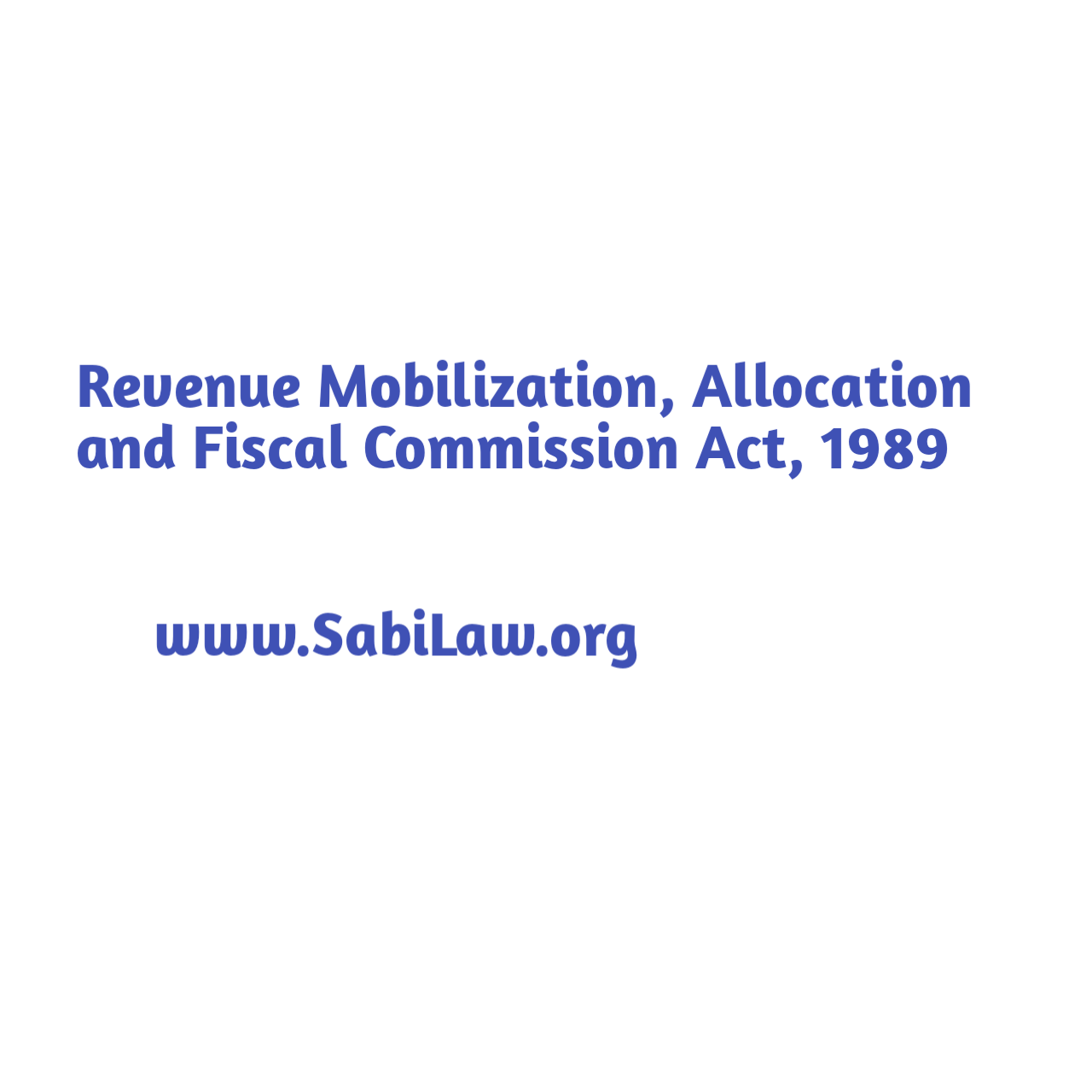

2 Responses
Sir I have a question
What is the effect of failure to certify each page of a CTC document ?, using relevant cases and statutory stands
Very interesting details you have noted, thankyou for posting. “I’ve made a couple of mistakes I’d like to do over.” by Jerry Coleman.